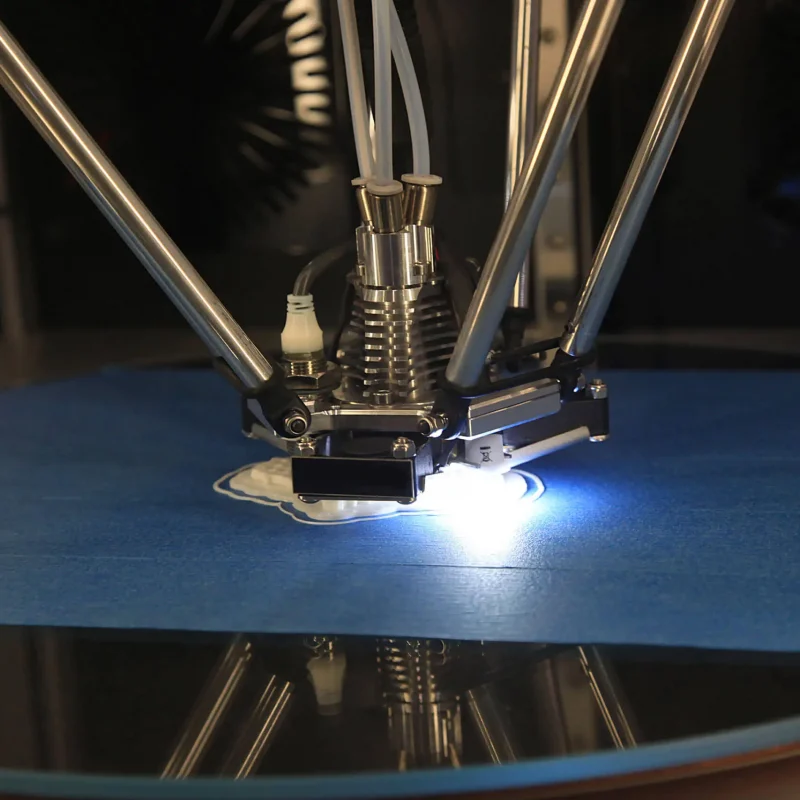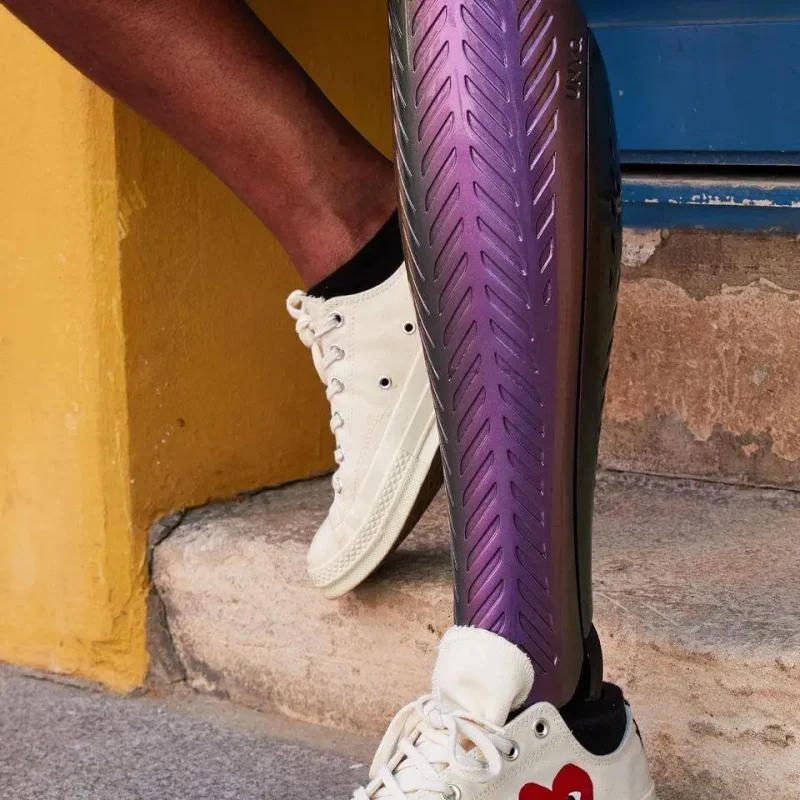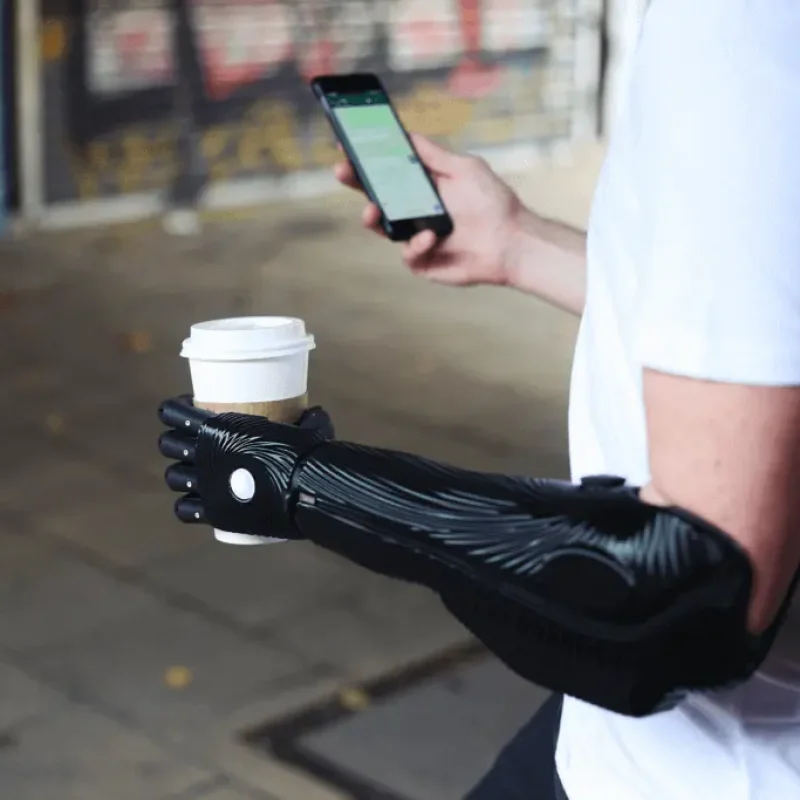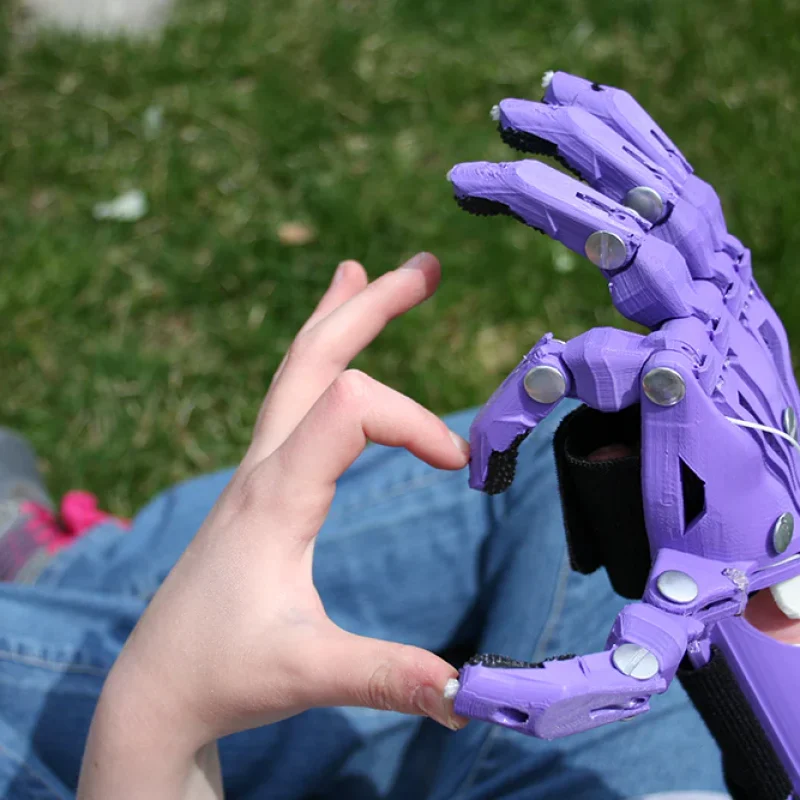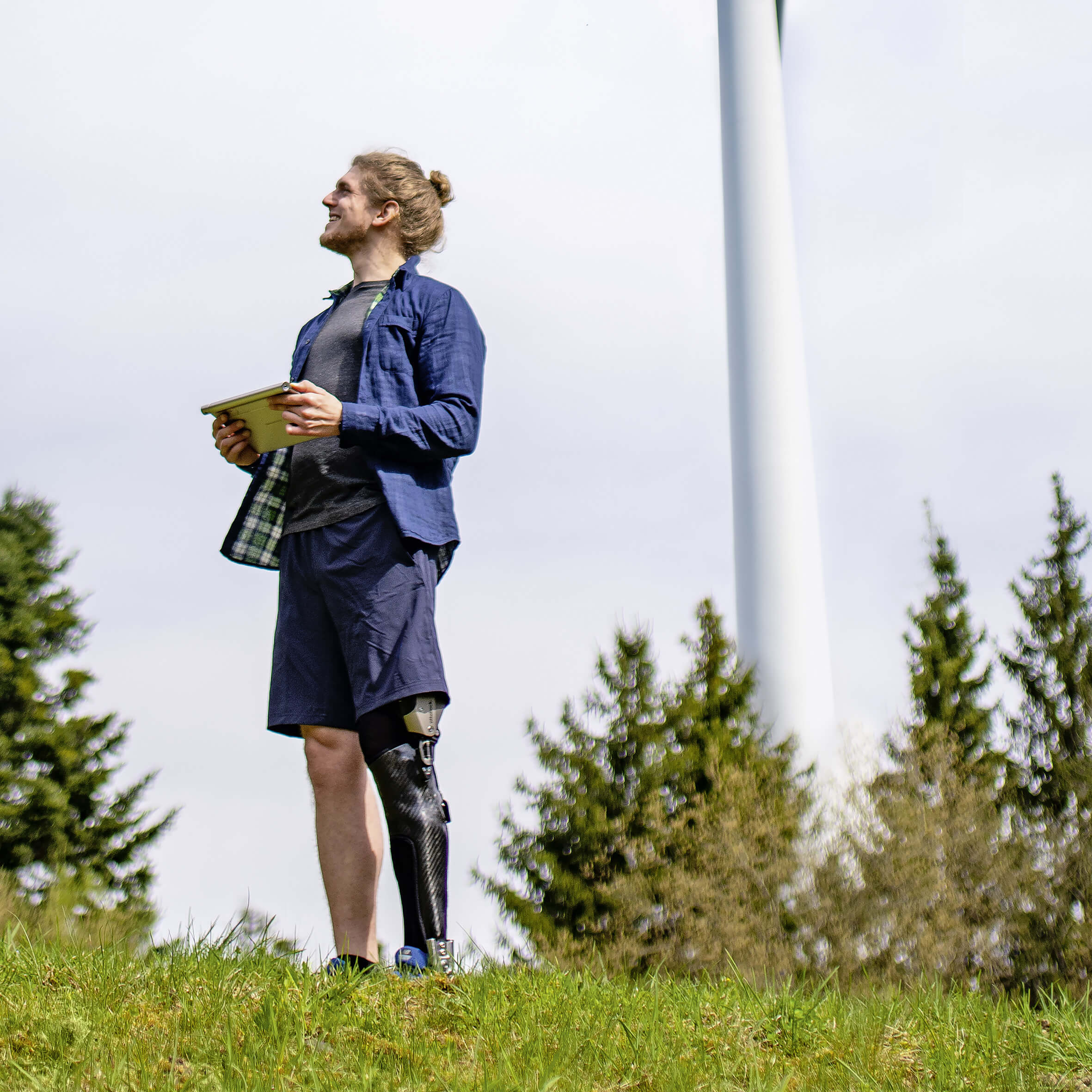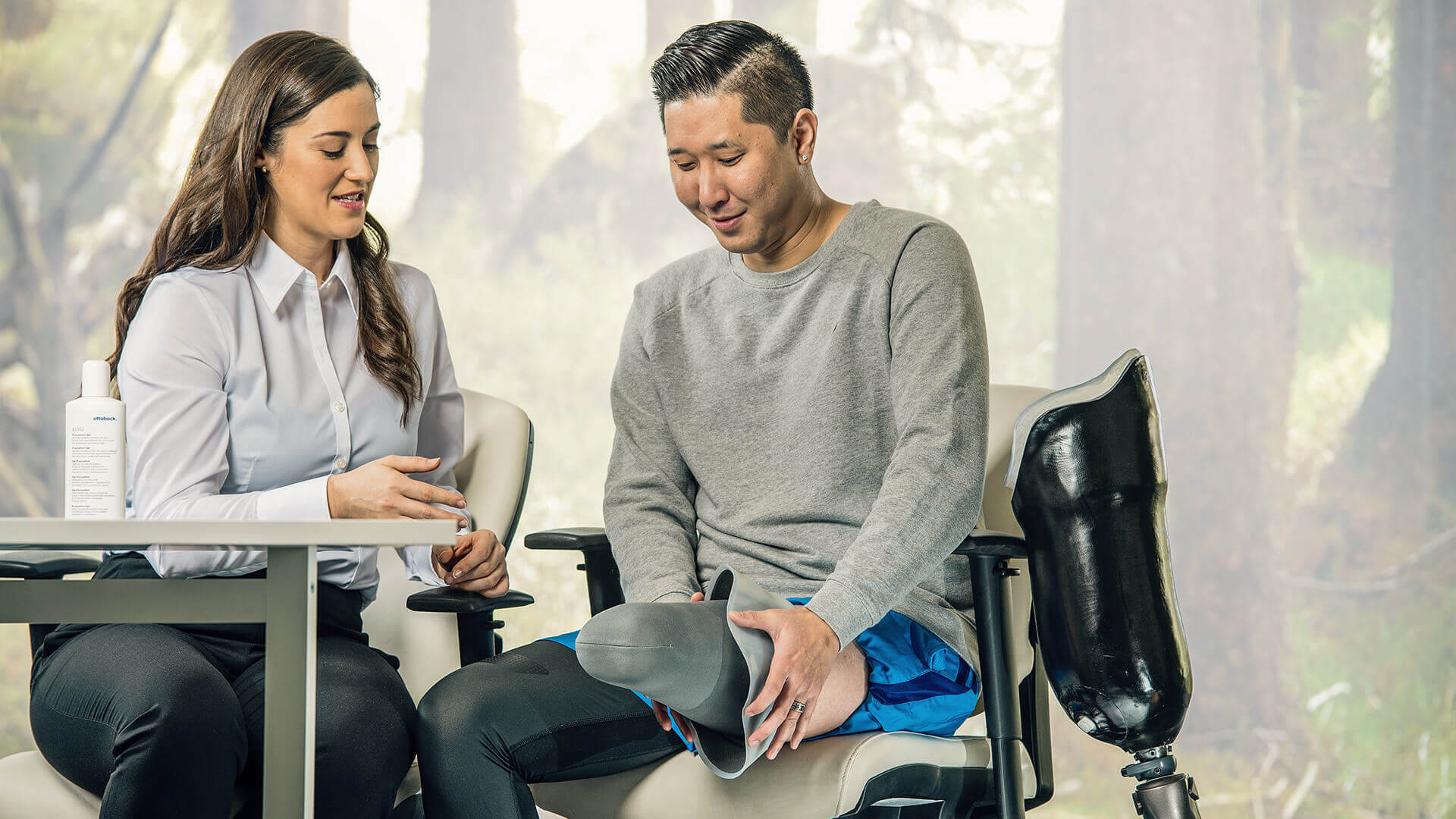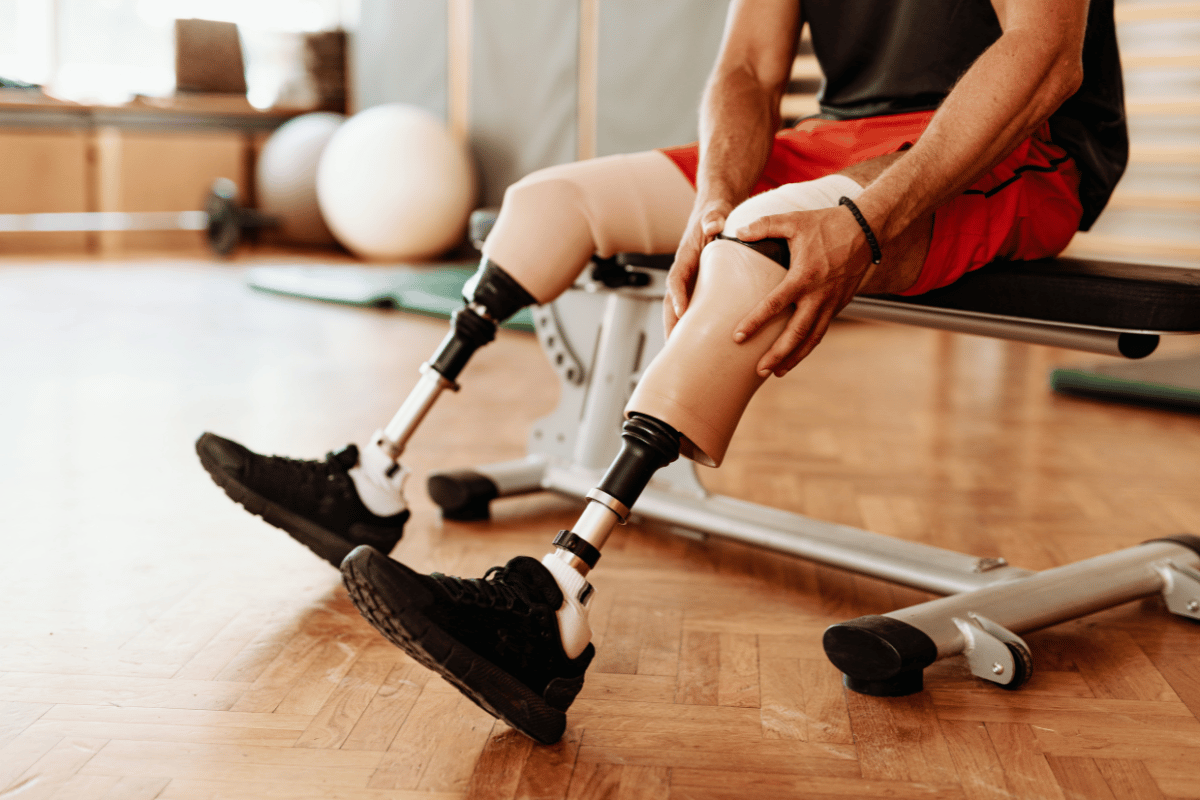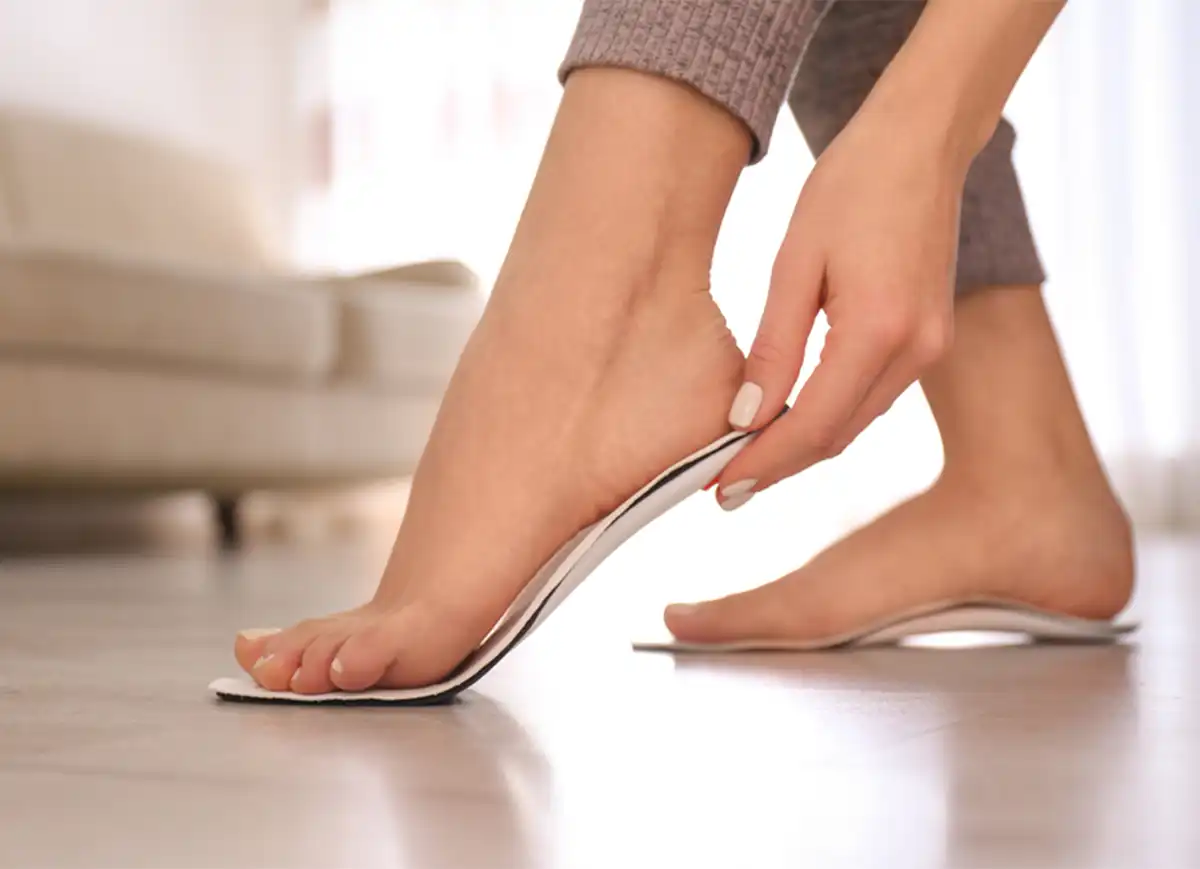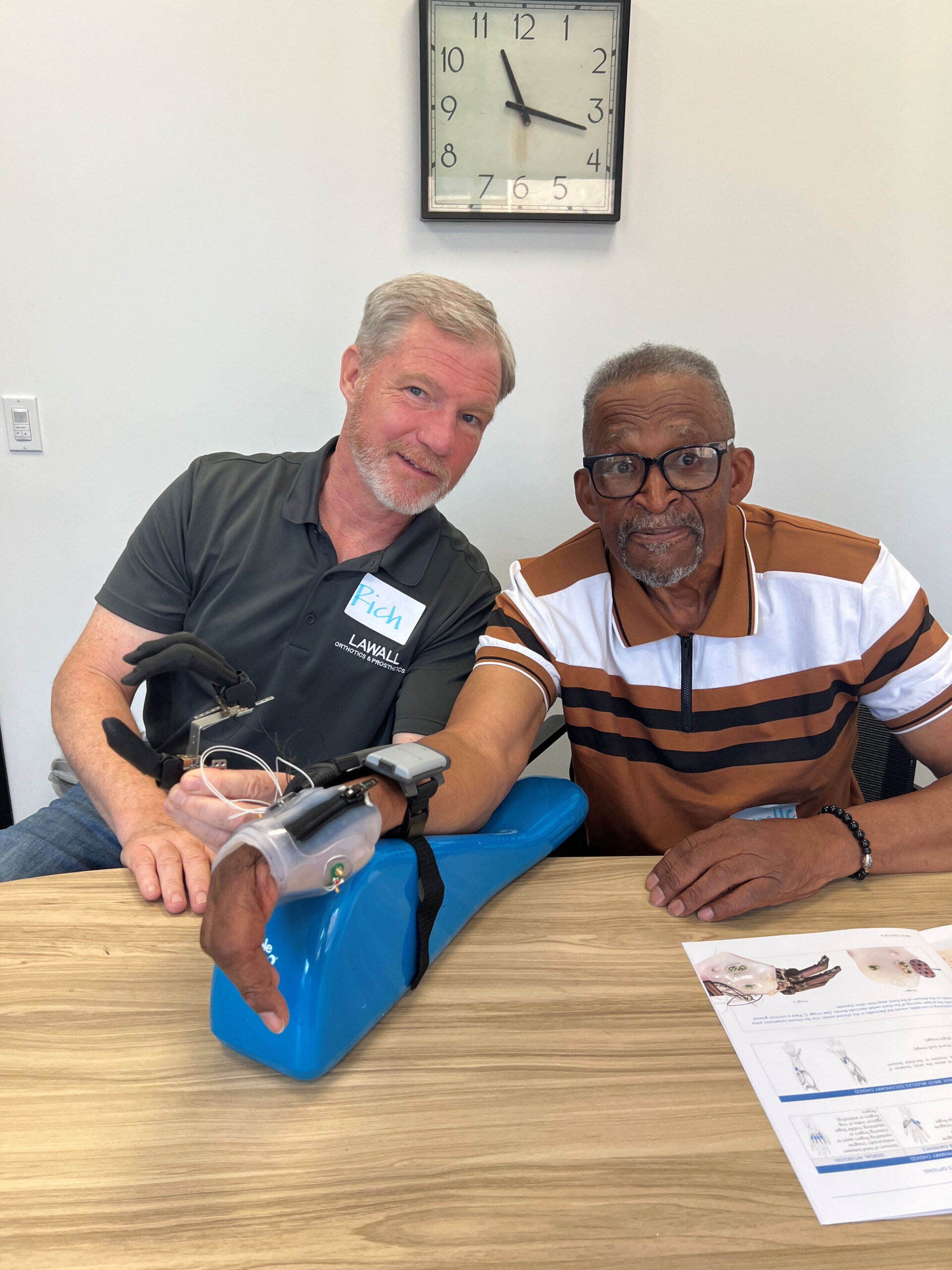
A Handful of Possibilities: Lerselle Howard Gets a Fresh Grip on Barbering and More!
A successful worker with a full-time job and a part-time business of his own, Lerselle Howard’s life was drastically changed in November 1990 by a terrible accident. As a relay driver in waste management, he had just hoisted an 8,000-pound trash compactor upward when a malfunctioning cable dropped it on his right hand.


